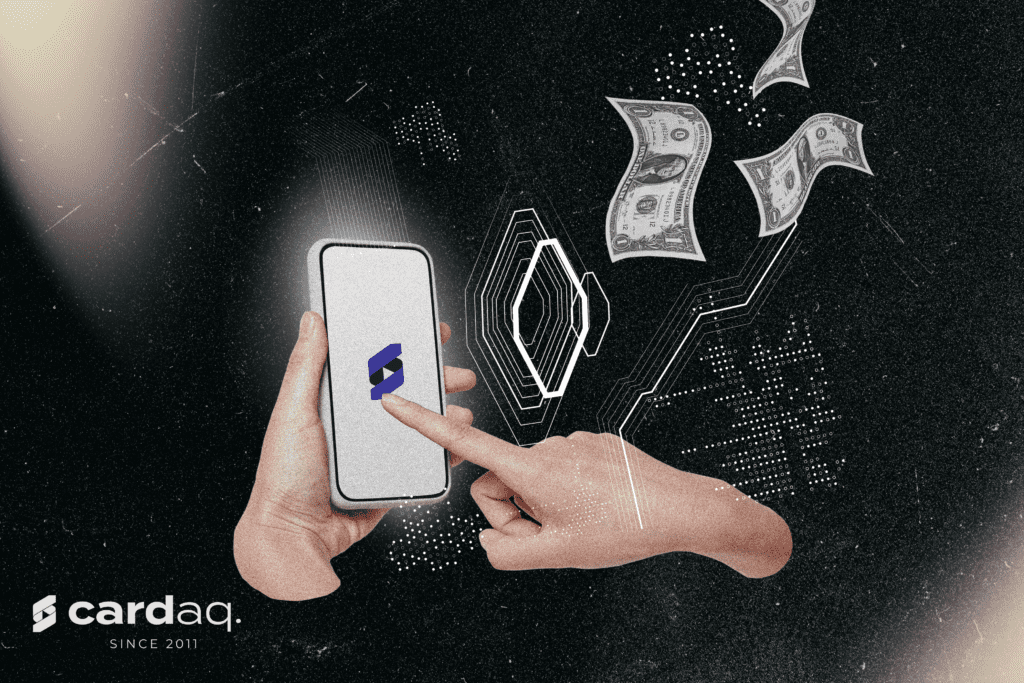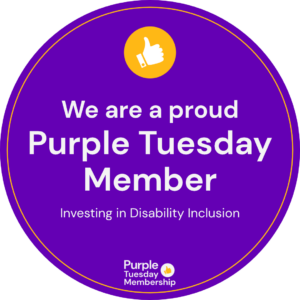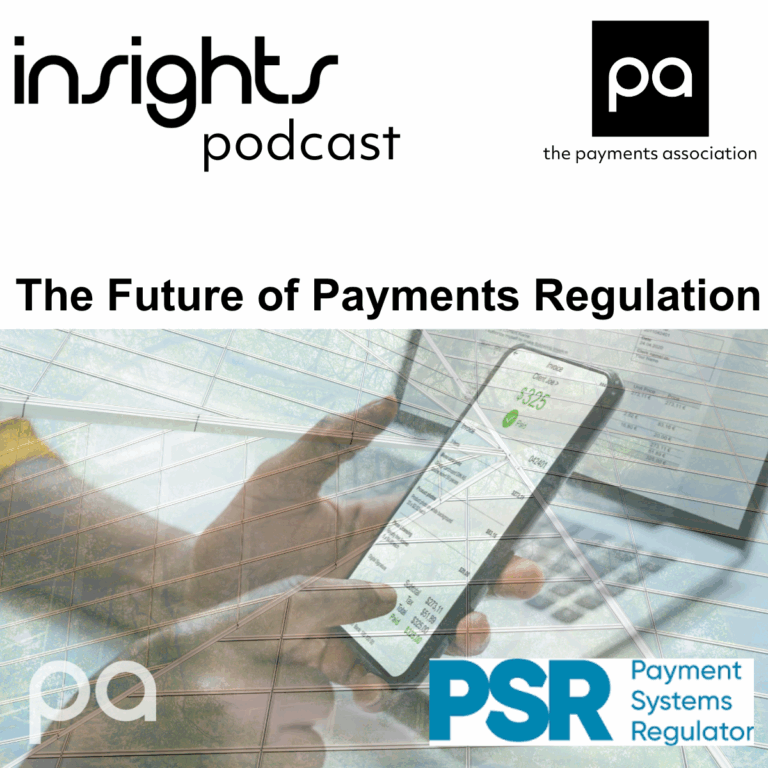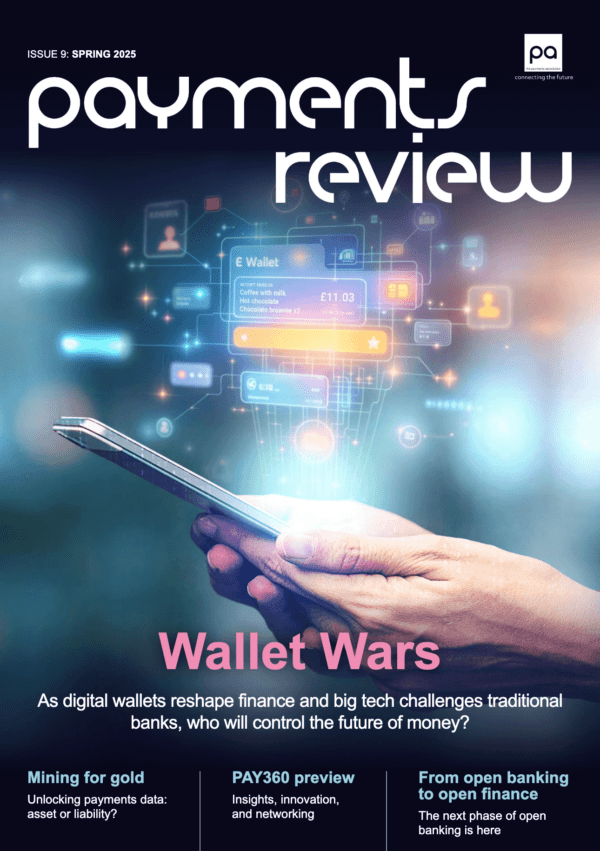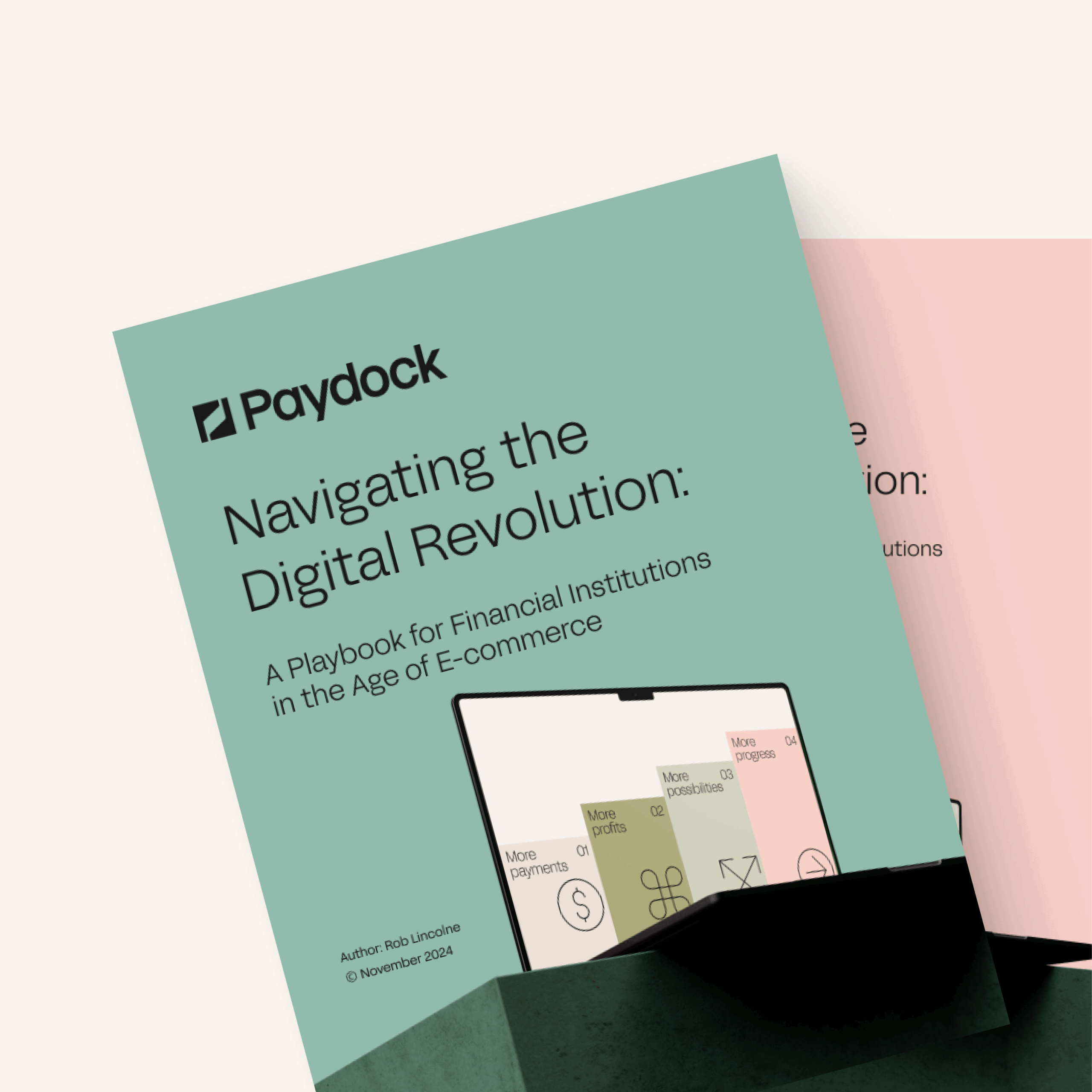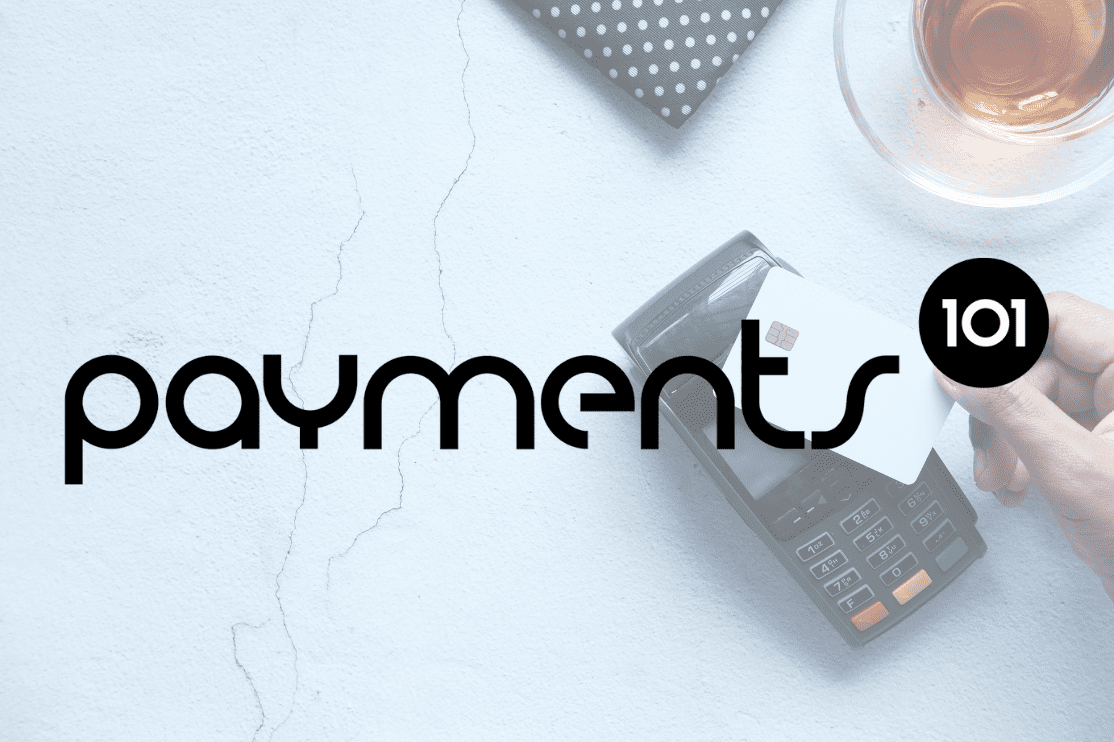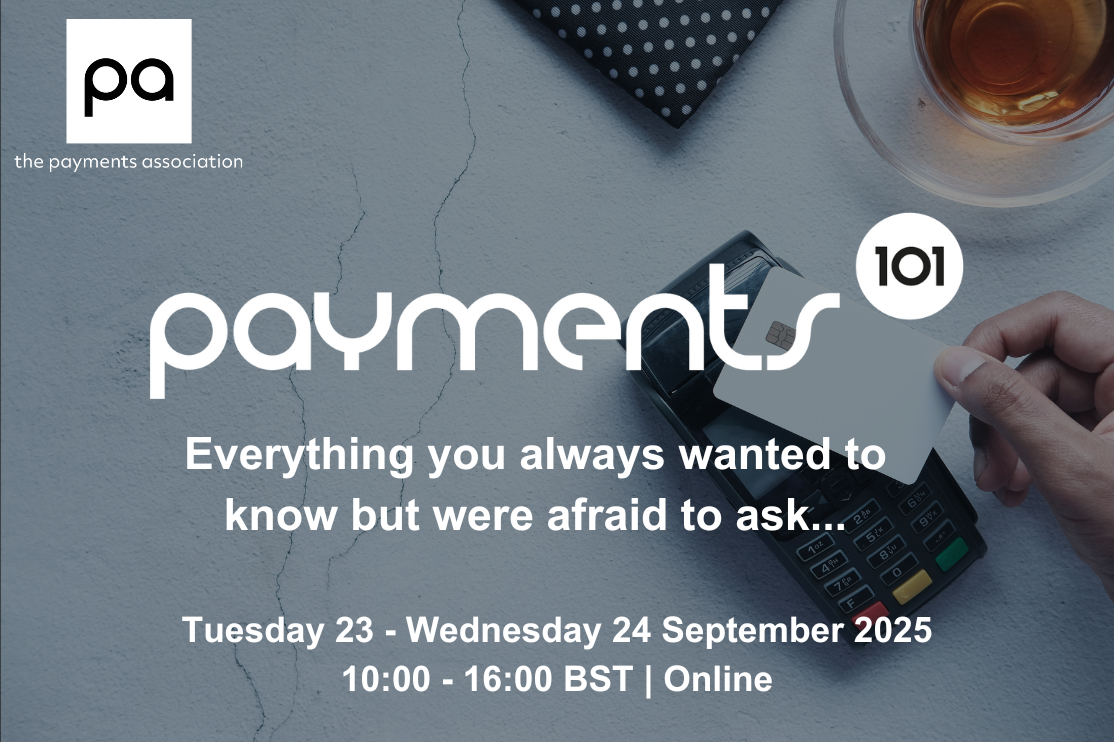The history of payments has featured numerous innovation milestones. When considering the future of this innovation and where mobile payments can potentially take the industry forward, it helps to look at the history first.
Long ago, only gold and other valuables were traded in transactions. Coins and notes took over this in time, and people learned to use the concept of money. Disruption followed in the form of cheques and wire transfers, allowing payments to be made faster and remotely. Bank cards and electronic payments were the next big game-changer, giving people new access to their bank accounts (and credit lines). Towards the end of the millennium, the birth of the internet swept through, and people were soon making regular transactions online.
Then, everything changed with the innovation of mobile payments.
The use of mobile devices to facilitate payments is truly a significant innovation in the world of payments and commerce. Vendors and banks have engaged with this technology and brought people a seamless user payment experience in the palm of their hands. This market is now vast, worth $94.5bn in 2024 but now expected to expand rapidly with 34% compounded annual growth to reach $408bn by 2029.
These figures are anticipated as the penetration of mobile technology continues to grow, even in 2024 and 17 years after the creation of the first iPhone. In the second quarter of this year, global smartphone ownership still grew by 6%. This demonstrates remarkable longevity and doesn’t even factor in the parallel usage of other mobile devices, such as tablets and smartwatches.
The biggest mobile payment firms
With low barriers to entry, some of the most exciting fintechs are emerging in the world of mobile payments. Here, we have ranked some of the biggest and most innovative names to watch:
- PayPal
- Headquarters: San Jose, USA
- Founded: 1998
- Alipay
- Headquarters: Hangzhou, China
- Founded: 2004
- PagSeguro
- Headquarters: São Paulo, Brazil
- Founded: 2006
- SumUp
- Headquarters: London, United Kingdom
- Founded: 2012
- OVO
- Headquarters: Jakarta, Indonesia
- Founded: 2017
- bKash
- Headquarters: Dhaka, Bangladesh
- Founded: 2010
- Nexi
- Headquarters: Milan, Italy
- Founded: 2021
- PayMaya
- Headquarters: Manila, The Philippines
- Founded: 2013
- Venmo
- Headquarters: New York, USA
- Founded: 2009
- GCash
- Headquarters: Manila, The Philippines
- Founded: 2015
What’s next?
Since 2007, new tech users have grown up with smartphones and similar devices. Otherwise known as ‘digital natives, ’ they are more attuned to using this tech in their daily lives. With devices in the palms of Gen Z, mobile payment solutions offer unprecedented access to these consumers. There was a time when financial services institutions struggled to engage with younger generations meaningfully. Smartphone tech has now solved this access issue, with mobile solutions seamlessly engaging them as customers of financial services institutions.
Elsewhere, contactless payments are continuing to gain momentum. Near-field communication and QR code-based transactions became particularly prevalent during the pandemic when contact had to be limited. However, this opened people’s eyes to the ease and convenience of contactless mobile payments. This has exploded in popularity since then, with a record 93% of in-store card transactions using contactless payments in 2023. Interestingly, this isn’t limited to younger generations, and 80% of consumers aged 85 to 95 reveal they now pay with contactless.
Of course, security has had to be heightened. If a person’s device were stolen or misplaced, they would risk losing access to their payment accounts. Fortunately, tech innovations have paved the way for biometric authentication to enhance payment security. This has reduced the risk of fraud or crime and made consumers more at ease with using mobile payments for larger transactions. The tech is continually being enhanced to make biometric authentication even more secure and mobile payments increasingly convenient.
